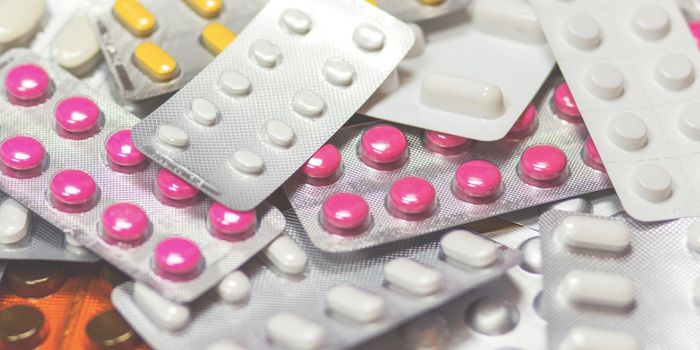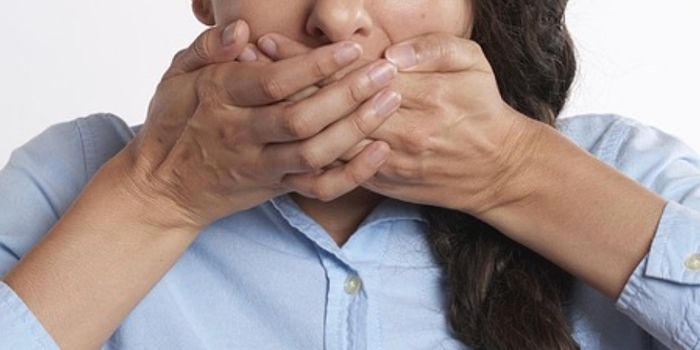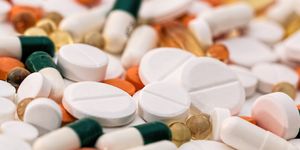Parasitic Molecules Mimic Human Proteins & Chew Through the Gut
One of the most common gastric diseases in the world is due to a parasitic infection from Giardia parasites. New research has revealed how these pathogens cause gut distress; they appear to mimic human molecules, then break gut cells down and consume them as food. This solves a mystery that has eluded scientists for over 300 years. The findings, by investigators at the University of East Anglia, has been reported in GigaScience.
The Giardia parasite synthesizes two proteins that enable it to break through the layers of mucosal protection in the gut, cutting a barrier that maintains gastrointestinal health. The process allows the pathogen to get to the nutrients behind the gut barrier easily.
Typically, the Giardia parasite gets into people through contaminated drinking water or food, causing the disease giardiasis. Rates may be as high as seven percent in high-income nations, and thirty percent in low-income countries.
The researchers were interested in knowing why the parasite causes very serious problems for some people. The team at the National Institute for Health Research Health Protection Research Unit in Gastrointestinal Infections of UEA's Norwich Medical School collaborated with colleagues from the Institute of Infection and Global Health at the University of Liverpool. They found that when giardia infected cells in culture, two protein families were made by the parasite. Further study indicated that one of those families can mimic human proteins called tenascins.
Tenascins are critical for tissue health under normal conditions. They control cell adhesion after wounds and direct tissue remodeling. They aid cells that must break apart, as well as regulating the proteins that hold cells together. The parasite appears to have evolved to make proteins that can behave similarly to human proteins, to interfere with these processes.
The tenascins that giardia makes don’t hold cells together, however. Instead, they disrupt the junctions keeping cells together and prevent them from healing.
"We've discovered an entirely new model for how this disease develops in the gut - which can also explain why in some people the symptoms can be more severe. Because the giardia have broken down the cell barriers and made all these nutrients available, other, opportunistic bacteria can move in to take advantage of these 'ready meals' which can make giardiasis even more severe for some,” said the senior author of the work, Dr. Kevin Tyler of the Norwich Medical School at UEA.
"Giardia was one of the very first disease-causing microbes to be visualized - scientists have known of its existence since 1681. But this is the first time we have been able properly to understand why this parasite is so successful," he continued.
The team plans to pursue the research further; next, they want to see if these proteins can be neutralized as a therapeutic for the illness. They are wondering if differences in those molecules might indicate which strains are causing more severe illnesses, something not currently known. Learn more about giardiasis from the video.
Sources: AAAS/Eurekalert! via University of East Anglia, GigaScience









